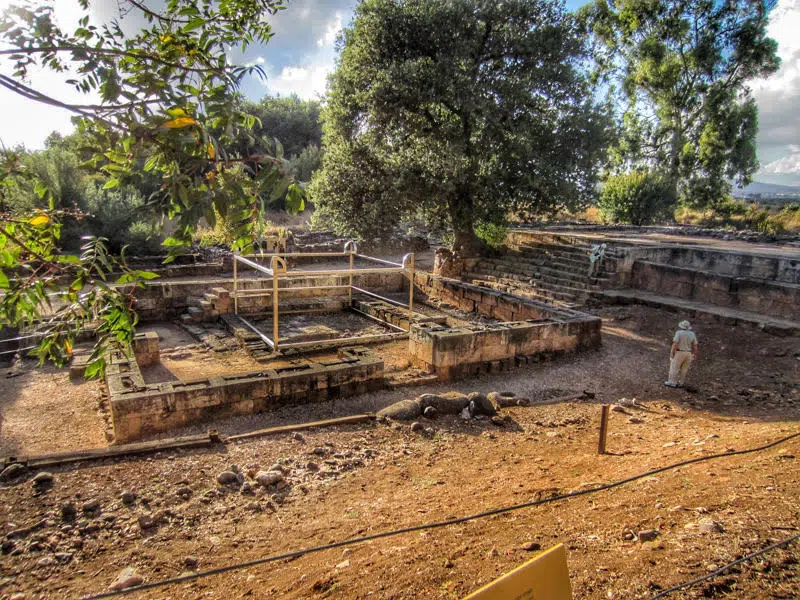The Bible is one of the most influential and important texts in human history. It has been translated into countless languages and has had a profound impact on countless cultures around the world. However, for many years, the stories in the Bible were viewed as purely fictional, with little historical or archaeological evidence to support them. In recent years, however, advances in archaeology and the study of biblical geography have helped to shed new light on the stories in the Bible and the historical events they describe.
One of the key tools in understanding the historical and geographical context of the Bible is the use of maps. By mapping out the locations and events described in the Bible, scholars and researchers can gain a deeper understanding of the events and cultures described in the text.
For example, maps of the ancient Near East can help to illustrate the various kingdoms and empires that existed during the time of the Bible, such as the Assyrian Empire, the Babylonian Empire, and the Persian Empire. By understanding the political and cultural context of these empires, we can better understand the various interactions between these powers and the ancient Israelites.
Maps can also be used to explore the physical geography of the Bible, such as the various rivers, mountains, and deserts mentioned in the text. By understanding the topography of the region, we can gain a better understanding of how people lived, worked, and traveled during ancient times.
Furthermore, maps can help to illuminate the various journeys and expeditions described in the Bible. For example, maps of the journeys of Moses and the Israelites in the desert can help to illustrate the challenges they faced and the various locations they visited along the way. Similarly, maps of the missionary journeys of Paul can help to illustrate the spread of Christianity throughout the ancient world.
Ultimately, the use of maps in biblical geography and archaeology can help us to better understand the historical and cultural context of the Bible. By mapping out the various locations and events described in the text, we can gain a deeper appreciation for the stories and traditions that have shaped our world. As technology continues to advance, it is likely that new insights and discoveries will continue to shed new light on the Bible and its historical significance.




